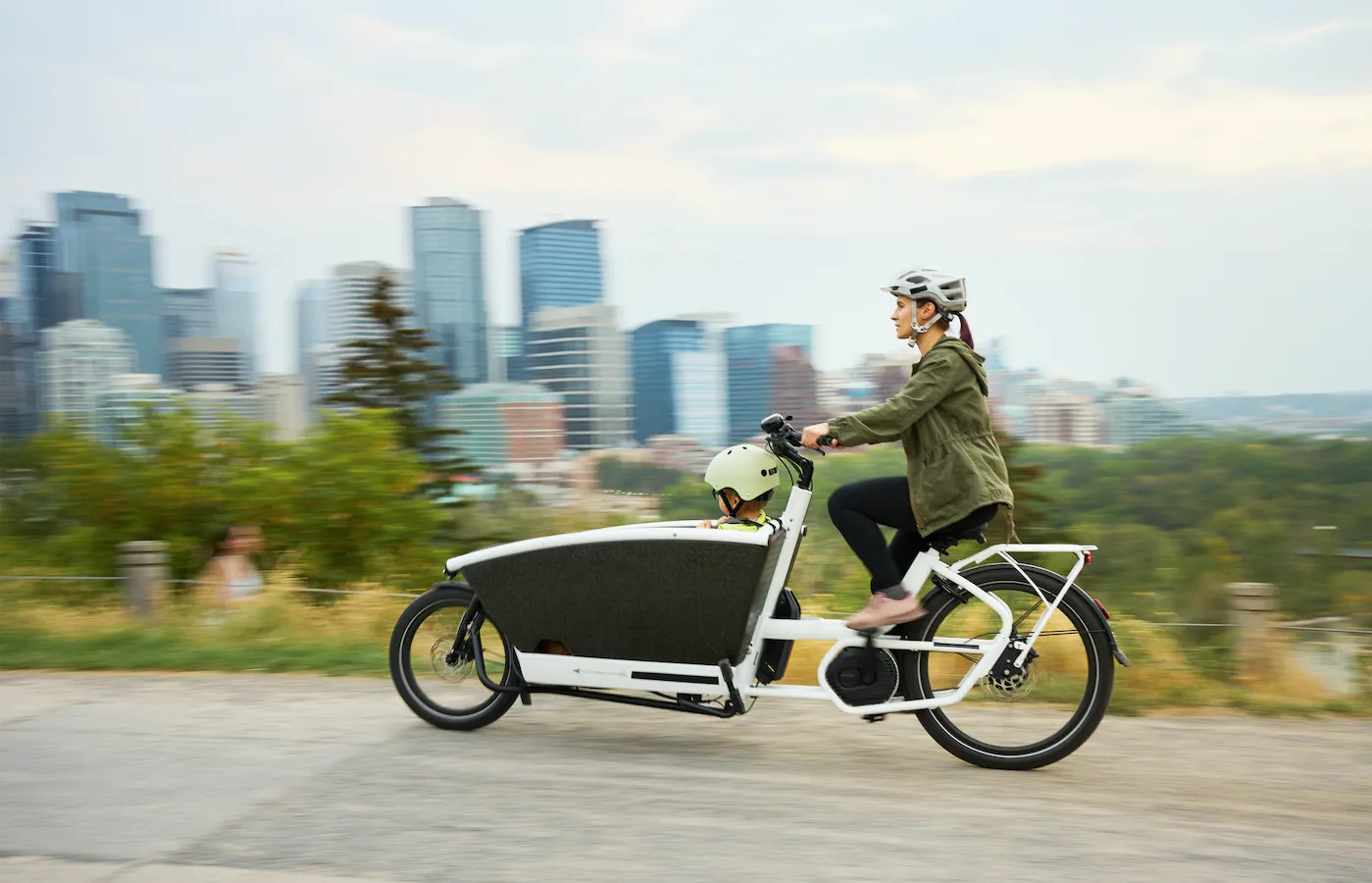Members of the PeopleForBikes e-bike subcommittee and the Legal, Regulatory and Safety subcommittee met to discuss e-bike priorities and strategies for the next five years.
The PeopleForBikes SHIFT’22 conference, held October 18-20 in Bentonville, Arkansas, brought together leaders in the cycling community committed to moving the cycling industry forward. At the conference, the industry association’s e-bike subcommittees and legal, legislative and safety subcommittees met in person to discuss e-bike priorities and strategies for the next five years. The conference provides participants with the opportunity to explore creative solutions to some of the most pressing problems associated with e-bikes.
Members of the subcommittee and new members wishing to join gathered in the unexpectedly crowded room of the 21c Hotel and Museum. PeopleForBikes staff began the meeting with an overview of the current state of e-bikes, including updates on federal policies, safety working groups and the work PeopleForBikes is doing to increase access to e-bikes on public lands.
Participants walked around the room and, in five words or less, shared the one thing that “kept them up at night” about e-bikes and their future. The purpose of this event is to bring experts to some of the most pressing issues that PeopleForBikes can address as we set goals for future policy, education and outreach. While this list is not exhaustive, some of the issues identified include:
Jointly recognizing numerous potential problems, participants ranked these problems in order of priority. The three issues that participants found most troubling were:
With these priorities in mind, participants then split into three groups and conducted a scenario planning exercise to explore how different potential futures could impact these three issues. The scenarios are organized around two mechanisms – the level of participation of e-bike riders and positive or negative policies at all levels of government. This part of the exercise is designed to build a narrative of what these individual scenes would look like in reality. In the high-involvement negative policy scenario, participants explored what would happen if many people rode e-bikes, but policies at all levels of government did not promote cycling. Issues such as local bans on e-bikes, closing e-bike paths, and increasing negative media coverage of e-bikes were discussed.
At the end of the meeting, each group shared solutions to these potential problems. As the discussion progressed, we discovered that there were many overlapping solutions that PeopleForBikes and our members could offer. Some of these solutions include:
This list of potential solutions is not exhaustive, but it gives an idea of the types of issues being discussed. PeopleForBikes staff will continue to analyze the ideas, issues and solutions presented at this conference and use this information to help define our goals for the future. We would like to thank all participants for attending the workshop and all industry partners who participated in the PeopleForBikes subcommittee.
Want to know more about the future of e-bikes? Be sure to join us for our 2023 Bike Leaders Series, including the return of the Electric Bike Summit!
Statement: The picture and text come from the Internet, compiled and published according to public information, reproduced for the purpose of disseminating information, if there is any infringement or violation, please contact us to delete. If you need to reprint or quote the materials of this article, please indicate the source.
Post time: Jan-10-2024
